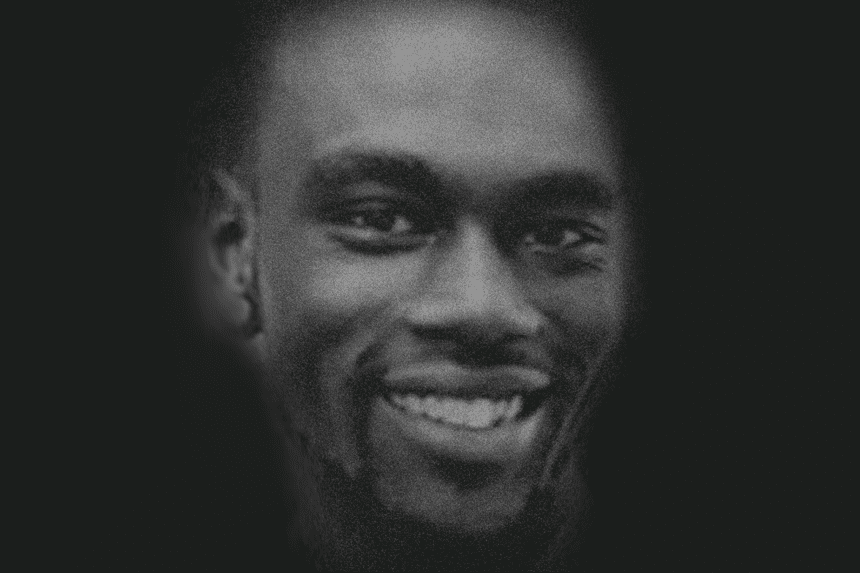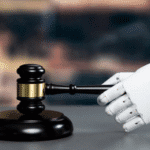The sad events of the Tyre Nichols case have left the country debating issues of police responsibility and the continuous search for justice. During a traffic check in 2023, Black man 29-year-old Nichols, was viciously beaten by cops. Blunt-force trauma led to his death, which set off mass demonstrations against police violence and demands for justice. Unexpectedly, a state jury cleared the involved police members. This ruling, however, is only one stop on the legal road since federal charges and legal action are still in progress. This blog examines the Tyre Nichols case, ruling, and implications for police responsibility more closely.
Tyre Nichols Case: What happened?
Five Memphis police officers stopped Tyre Nichols on January 7, 2023, for reportedly driving carelessly. The stop happened while the officer, members of the Scorpion Task Force were conducting street-level crime enforcement. Originally a standard traffic stop, what started as such rapidly developed into a violent encounter. After the cops tried to arrest Nichols, he tried to leave the area, which resulted in a physical fight. To control Nichols, the cops sprayed pepper spray and used a Taser. Nichols broke free and fled a little distance before the cops caught up with him despite their best attempts. Following was a vicious attack in which Nichols was repeatedly calling out for his mother while he begged for his life and was battered mercilessly. Nearby cameras caught the event, which happened about a block away from the spot where he was originally detained. The country was stunned by the video showing the cops punching Nichols repeatedly.
Three days later, Nichols passed from blunt-force trauma to the head, succumbed to the injuries from the beating, and died. Quickly going viral, the video footage spurred mass demonstrations throughout the United States and revived the national debate on police violence, especially in communities of color. The Tyre Nichols case came to represent systematic law enforcement problems and the necessity of reform.
Why was the Tyre Nichols case cleared?
Three of the five Tyre Nichols case officers—Tadarrius Bean, Demetrius Haley, and Justin Smith Jr.—were cleared of all counts in a 2025 state trial that included second-degree murder and aggravated assault. Following a nine-day trial during which the prosecution offered a compelling case supported by expert analysis, video footage, and witness testimony, the decision Still, the defense lawyers contended that Nichols had encouraged the cops by running from the scene and challenging arrest.
Emphasizing that Nichols had behaved aggressively by running and rejecting attempts to be detained, the defense lawyers contended that the officers’ actions followed her behavior. They maintained that the police had been compelled to react to an instantaneous danger and that, given the situation, the use of force was appropriate. After finally convincing the jury with this defense approach, the cops were cleared.
Many, especially considering the weight of the evidence and the public outcry following Nichols’ death, found the acquittal shocking. The jury decided the cops shouldn’t be held legally responsible for Nichols’ death, notwithstanding the graphic nature of the video and public demand for justice. For many, this ruling shows how poorly the legal system holds law officers responsible for their deeds. Read another article on Nicola Bulley’s disappearance
How Do More General Policing Issues Reflect the Tyre Nichols Case?
The Tyre Nichols case’s acquittal has spurred fresh focus on the systematic flaws in police enforcement. The sad illustration of police officials’ overuse of force, especially in circumstances involving Black people, e,—is Nichols’s passing. Advocates of civil rights contend that events like this one fit a greater pattern of police violence disproportionately affecting persons of color.
The case also highlights the continuous argument over police responsibility. The cops were cleared in the Tyre Nichols case despite the overwhelming evidence, including the unsettling camera footage, which raises issues about the equity of the court system in circumstances involving law enforcement. Opponents of the acquittal contend that, even with substantial evidence, it emphasizes the challenge of making police officials answerable for misbehavior.
Furthermore, the Tyre Nichols case has spurred demands for more general police reform, especially about how law enforcement treats communities of colour. Proponents have demanded improvements including more police department monitoring, improved de-escalation techniques training, and body camera adoption to guarantee openness. The case has also highlighted the need of confronting the culture of impunity present in several police agencies.
In what direction is the Tyre Nichols case headed?
The Tyre Nichols case is far from finished, even if the state trial concluded with an acquittal. The five police officers engaged in the event still face federal prosecution. They were charged in 2024 with breaching Nichols’ civil rights, including witness tampering and too forceful use of force. These federal charges offer another path for obtaining justice and entail far tougher punishments than those of the states.
Should Haley, one of the cops engaged in the beating, be found guilty on the federal charges, she could be sentenced to life. Bean and Smith could spend up to twenty years inside federal bars. Set to start shortly, the federal trial is expected to attract a lot of interest. The result of the federal trial will be carefully monitored since it will help Nichols’s family and the general public to feel responsible.
The Tyre Nichols case also spurred more inquiry into the Memphis Police Department. Following a 17-month inquiry by the U.S. Justice Department, the agency published a report in December 2024. According to the inquiry, the Memphis Police Department had a past of employing too much force, especially directed against Black citizens. Given these results, the department has promised to apply reforms, including more open policies on the use of force and additional officer training.
Going Forward: How Should Police Brutality Be Reduced?
The Tyre Nichols case makes clear how urgently thorough police reform is needed. Although the federal convictions might offer some sort of justice, they do not solve the more general problem of police violence, especially in underprivileged areas. Experts contend that significant local and national-level reforms are required if similar events are to be avoided going forward.
Improving police training is one area of concentration, especially with relation to conflict resolution and de-escalation methods. Many professionals contend that rather than depending just on force, police should be taught to employ nonviolent techniques to control suspects. Proposed as a means of improving openness and assigning responsibility for actions by officers are body cams. Furthermore, the establishment of civilian monitoring committees could help guarantee police agencies ‘ accountability for misconduct.
Driving change also will be greatly aided by public knowledge and action. The Tyre Nichols case has spurred fresh discussion about police violence, and this momentum has to be kept. Proponents contend that as legislators try to pass laws holding police departments responsible, communities must keep advocating reform.
Finally, what might the Tyre Nichols Case teach us?
The Tyre Nichols tragedy reminds us tragically of the necessity of reform in law enforcement. Although the cops involved were cleared, this is a terrible loss; nonetheless, optimism for the future comes from the ongoing fight for justice—on the streets as much as in federal courts. The case has spurred significant debates on police reform and responsibility as well as motivated initiatives to guarantee that such events never recur.
Though the road to justice may be long, the Tyre Nichols case is a pivotal turning point in the national debate about police violence. Through persistent advocacy for structural change, we can aim for a time when law enforcement answers for its deeds and communities of color receive the respect and dignity they so merit.








